Union Budget 2024: Navigating Connectivity and Digital Transformation for a Resilient Future
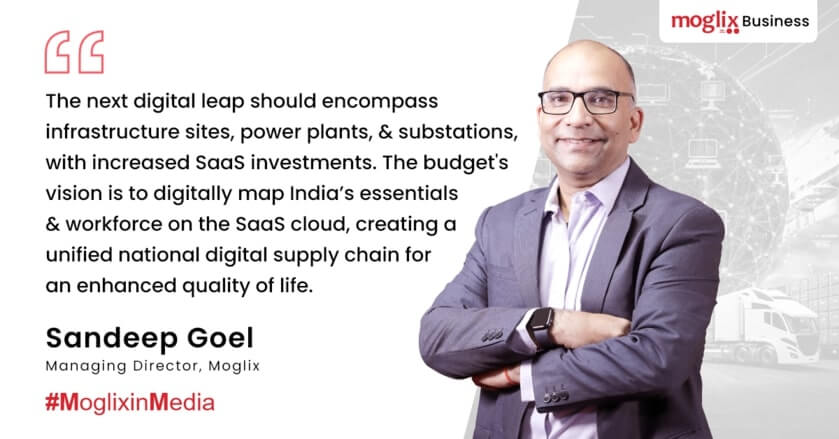
Union Budget 2024: Navigating Connectivity and Digital Transformation for a Resilient Future
The focus on physical and digital connectivity remains strong in government budgets, continuing into Union Budget 2024. The next phase entails a comprehensive digital integration across infrastructure project sites, power plants, and substations, necessitating increased SaaS investments. This strategic move aims to redefine infrastructure and manufacturing services.
Read MoreBuilding 2024: Constructing Future Supply Chains with Technology, Localization, and Resilience

Building 2024: Constructing Future Supply Chains with Technology, Localization, and Resilience
In today’s business landscape, achieving supply chain resilience is critical for seamless operations in the face of uncertainties. A lack of resilience can result in an inability to meet demands and maintain quality, leading to significant revenue loss. Gartner reports that only 21% of supply chain businesses feel confident in their highly resilient networks. The ongoing disruptions highlight the urgency of prioritizing resilience, making it a crucial factor that often sets industry leaders apart from the competition.
Moglix to Harness UAE`s B2B E-Procurement Potential
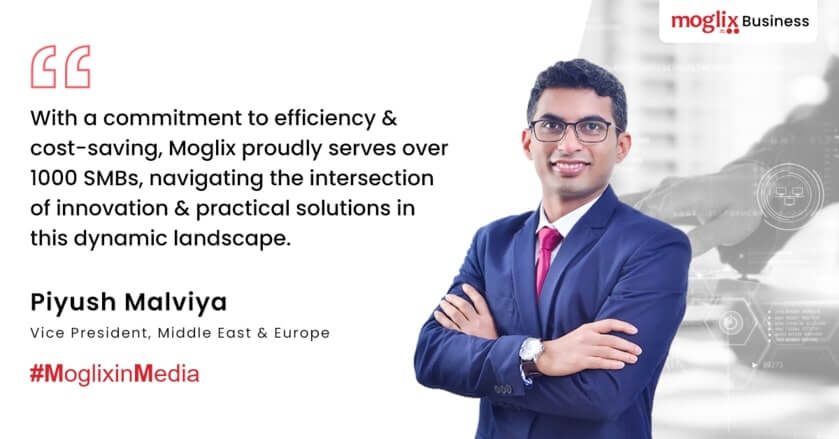
Moglix to Harness UAE`s B2B E-Procurement Potential
Moglix’s strategic establishment in Dubai plays a crucial role in enabling Indian businesses to capitalize on the UAE’s re-export capabilities, effectively broadening their global market reach. According to Mr. Malviya, Dubai’s exceptional infrastructure, strong connectivity, and business-friendly environment position it as the ideal hub for Indian businesses aiming to enhance their global market presence.
Read MoreRapid Integration of the Indian Tyre Industry into Global Supply Chains
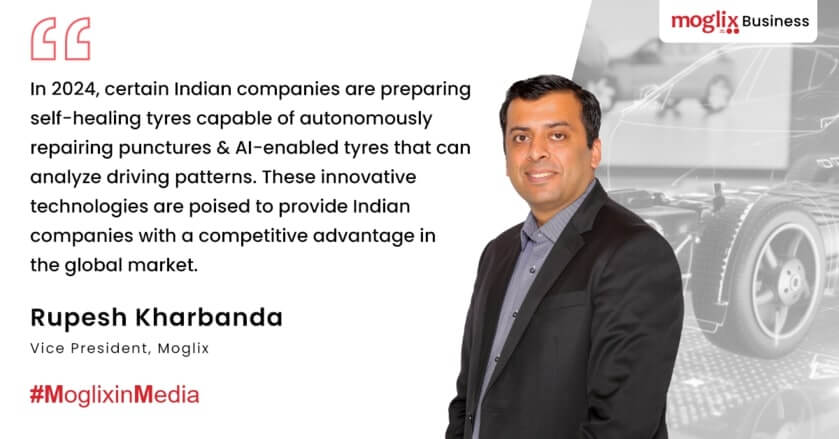
Rapid Integration of the Indian Tyre Industry into Global Supply Chains
India is transforming the tyre manufacturing landscape, anticipating a 2.5x revenue surge from $9 billion to $22 billion over the next decade. The Indian Tyre industry, currently reaching customers in 170 countries, attributes its success to a combination of quality, cost-effectiveness, and advanced manufacturing.
Government initiatives, such as countervailing duties and Atmanirbhar Bharat, play a pivotal role in reducing imports and propelling industry growth. Consistent raw material supplies, coupled with innovations like smart sensors and self-healing tires, along with a notable 50% export increase in 2022, underscore the upward trajectory of India’s tyre industry.
Read MoreRecapping 2023: Revealing the Industry-Altering Tech Trends of the Year
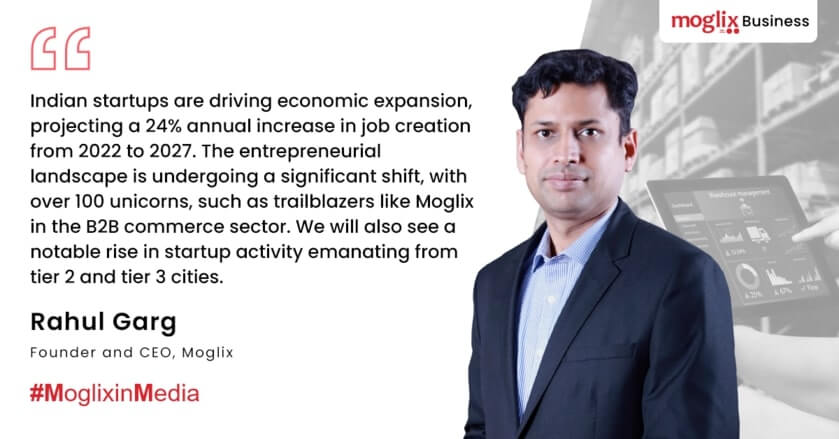
Recapping 2023: Revealing the Industry-Altering Tech Trends of the Year
In 2023, various industries experienced substantial changes fueled by the introduction of innovative technologies. The convergence of AI breakthroughs and the incorporation of sustainability into technology marked the year with pivotal advancements. Delve into the notable tech trends across diverse sectors that are paving the way for new possibilities in the future.
Read MoreLogistics Revolution 2024: Embracing Technology on the Road Ahead
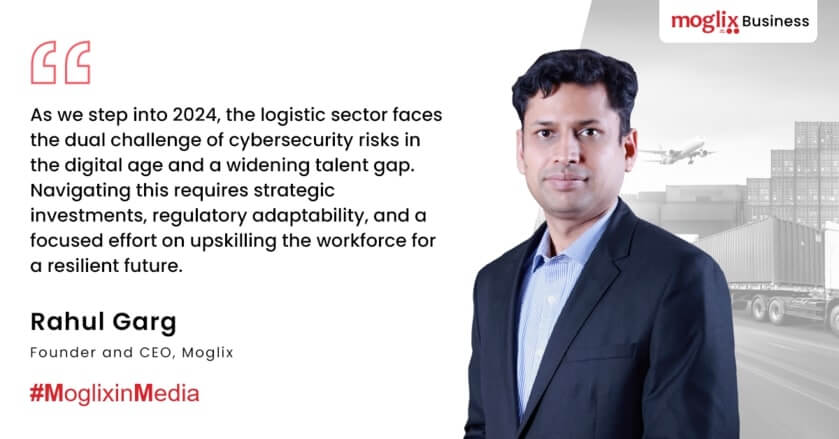
Logistics Revolution 2024: Embracing Technology on the Road Ahead
In 2024, the logistics industry expects a tech-driven transformation. AI and ML will enhance predictive analytics, refining route planning and inventory management. Autonomous vehicles, drones, Blockchain, and IoT will boost efficiency and customer satisfaction. To stay competitive, substantial investments in state-of-the-art technologies are crucial.
Read MoreSemiconductors: Pioneering Sustainability and Cost-Effectiveness in Chip-Making
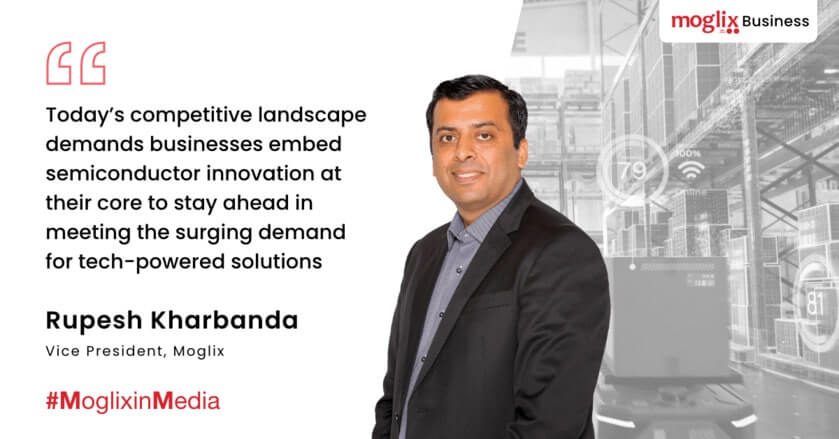
Semiconductors: Pioneering Sustainability and Cost-Effectiveness in Chip-Making
The automotive and manufacturing sectors are experiencing a remarkable acceleration of innovations, primarily attributed to the advent of Industry 4.0. This fourth industrial revolution is founded on cutting-edge technologies such as the Internet of Things (IoT), Artificial Intelligence (AI), and smart manufacturing practices.
And semiconductors are the heart (literally) of this revolution. So, be it a fitness watch, or a self-driving car, microprocessors are the brain of every intelligent system.
Read More“In an era marked by the relentless march of technology, semiconductor innovation stands as the unsung hero powering high-tech manufacturing and the automotive industry.“
Rupesh Kharbanda
India`s Green Hydrogen Ambition: Reshaping the Global Supply Chain
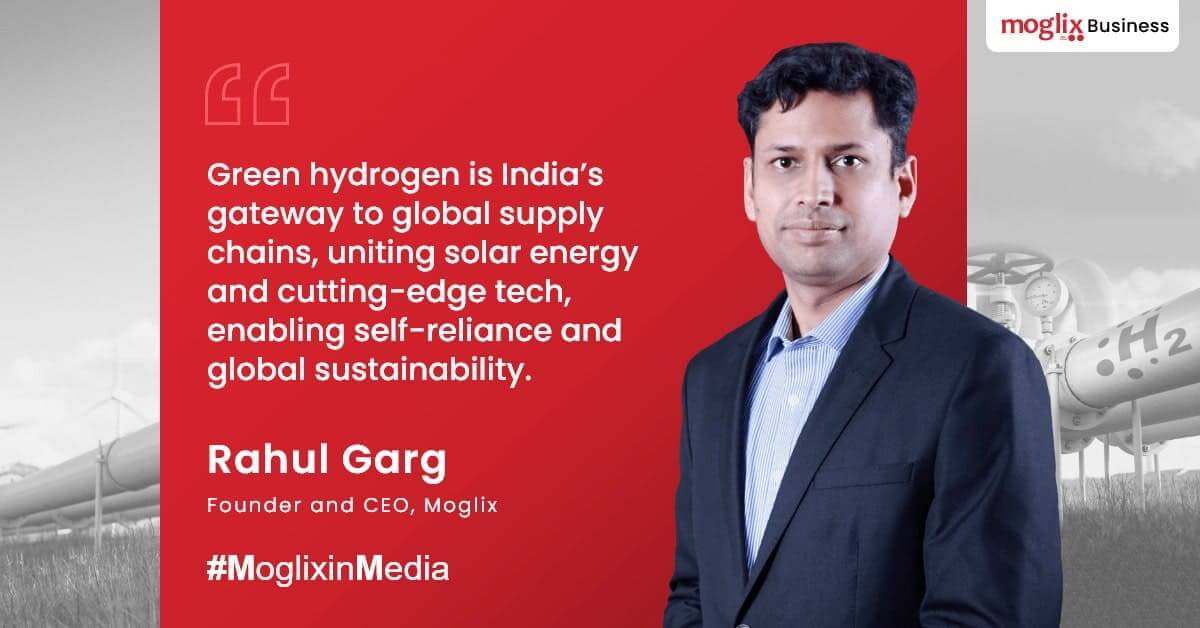
India`s Green Hydrogen Ambition: Reshaping the Global Supply Chain
If you are an independent power producer, infrastructure project developer, sub-contractor or a supplier, will you bet on the chances of scaling green hydrogen?
Like all things manufacturing that travel from the lab scale scientific prototype to industrial scale commercial prototype, green hydrogen too has an inflexion point beyond which it will attain critical mass.
CV Reality Check: Bridging the Perception Gap in Recruitment
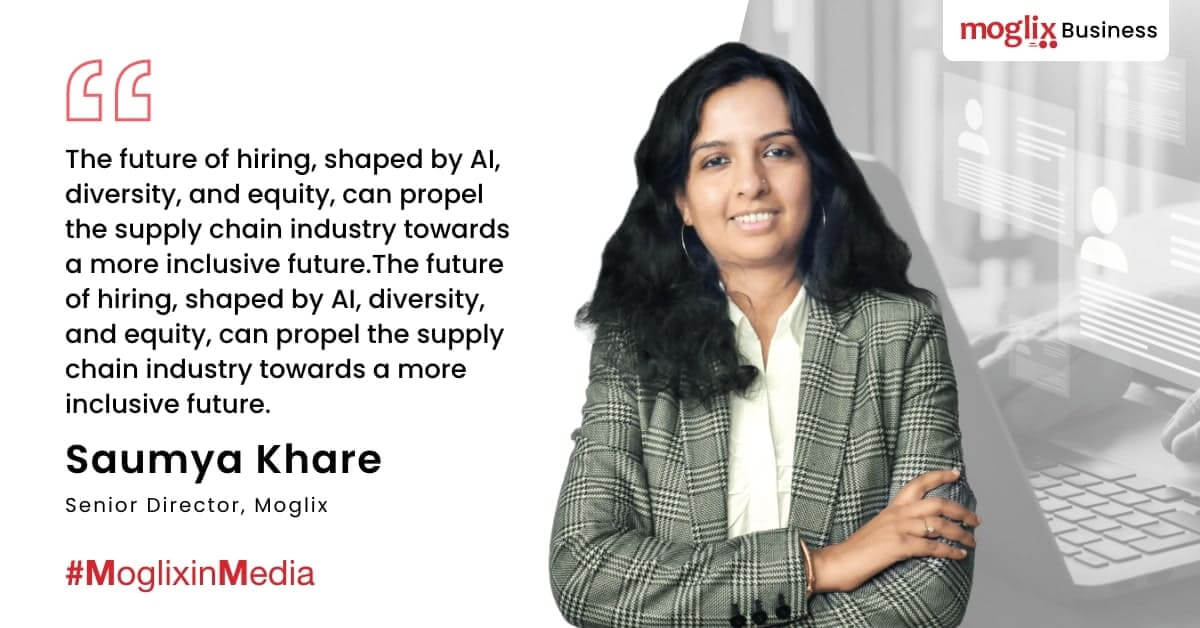
CV Reality Check: Bridging the Perception Gap in Recruitment
In the realm of recruitment, the fusion of perception and reality casts a compelling narrative. As the gateway to professional opportunities, a candidate’s CV is a canvas that often paints a picture of their potential.
However, with 85% of employers believing that candidates exaggerate skills on their resumes, accurately identifying which job-seekers are portraying themselves authentically becomes critical.
The Future of Personalization: How Generative AI is Shaping Customer Experiences
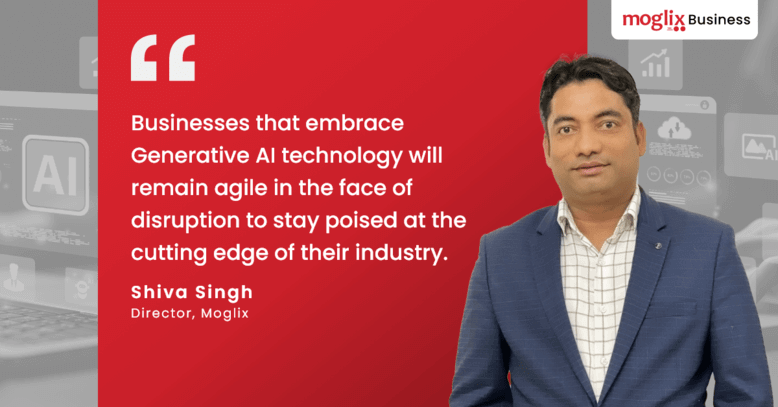
The Future of Personalization: How Generative AI is Shaping Customer Experiences
“Personalize or Perish.” One of the leading newspapers aptly summarizes the critical nature of personalization 2.0, or hyper-personalization for businesses.
We live in an era where customers expect businesses to understand their wants and needs. Today, companies must meet customers’ needs and anticipate and exceed them. And for this, they must pivot to a digital-first mindset to create stronger, more authentic customer interactions.
